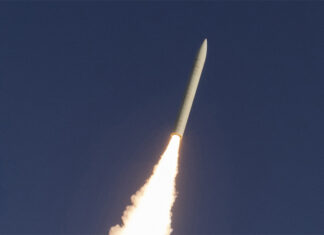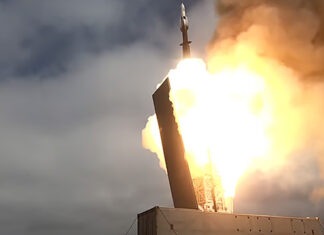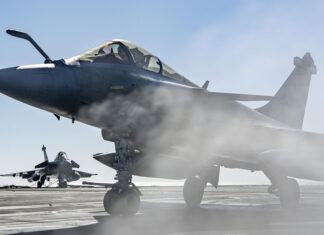Last week (21 September 2022), the Houthis of Yemen demonstrated an unprecedented military might in the largest military parade commemorating the 9th anniversary of their takeover of Sanaa, Yemen’s capital. This parade culminates in a series of parades performed on a smaller scale in other cities, the most recently held on 1 September 2022 in the Red Sea port city of Hodeida.
Over 10,000 troops took part in each of these parades; the parade in Sanaa was even bigger, with an estimated number of 15,000 troops, hundreds of military vehicles, and spoils of war from the recent battles with Saudi and UAE participating. The Iranian-backed Houthi regime used these parades to deliver a clear message to the region and the world – through the recent years of hostilities with the Saudi and UAE-led forces, they have mustered a significant offensive force, with tens of thousands of troops and powerful weapons that are dominating the region, on land and sea. Hostilities ceased on 2 April 2022 as an UN-brokered two-month ceasefire entered into effect. It was extended two times since, until 2 October 2022. The recent parades seem to be a statement towards the conclusion of negotiations on the further extension of this ceasefire and part of Iran’s power play in the region.
Naval capabilities were shown in the recent parades highlighting fast attack boats, electronic attack boats, sea mines, and remotely controlled ‘suicide boats’, carrying 150 – 500 kg of explosives to their targets. Most recently, anti-ship ballistic missiles were introduced, designed to hit ships at sea at ranges of 200 nm and beyond, with a warhead weighing 100 – 400 kg.
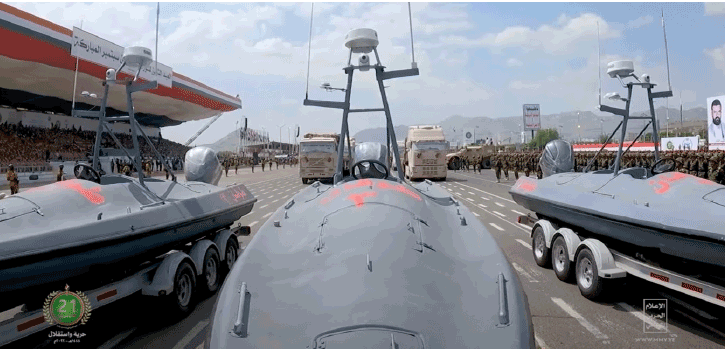
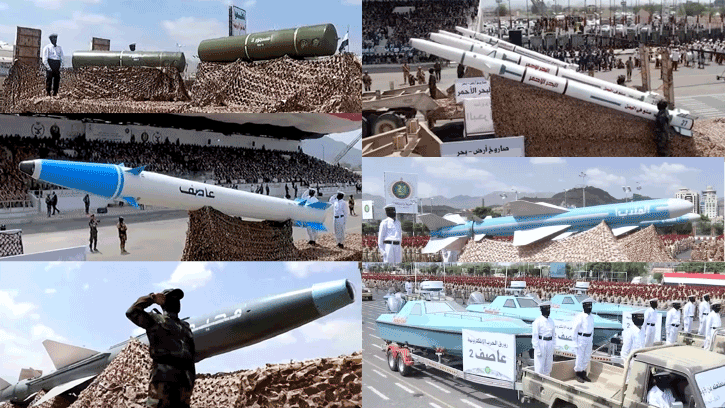
Subscribe to read the full report
With these new weapons, Iranian-supported Houthis pose an exponentially growing threat to maritime traffic in the Gulf of Aden and the Red Sea, far beyond the choke point of Bab-El Mandeb straits they already dominate. It seems they seek three classes of warheads – light (<100kg), Medium (>100 kg ), and Heavy (400-550 kg) required to defeat different classes of vessels. These warhead sizes were first employed with remotely controlled suicide boats and sea mines. The Iranians and Houthis have gradually extended the range of their weapons from tens to a few hundred nautical miles. Rather than employing these weapons on board ships to extend range, they can now reach beyond 200 nm, using the new ballistic anti-ship missiles, practically blocking the movements of naval vessels well beyond Yemen’s coastal waters.
Related post in this report:





